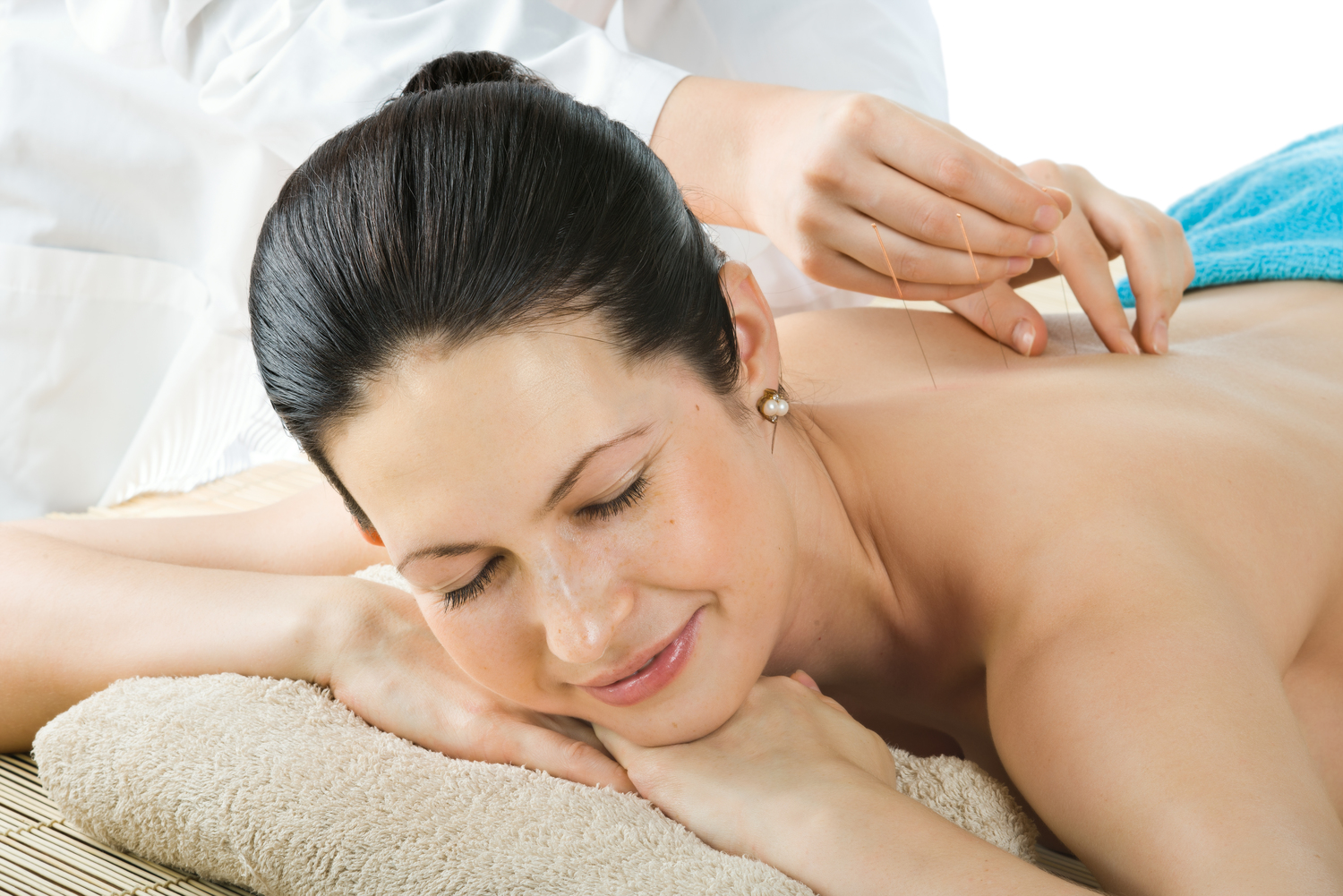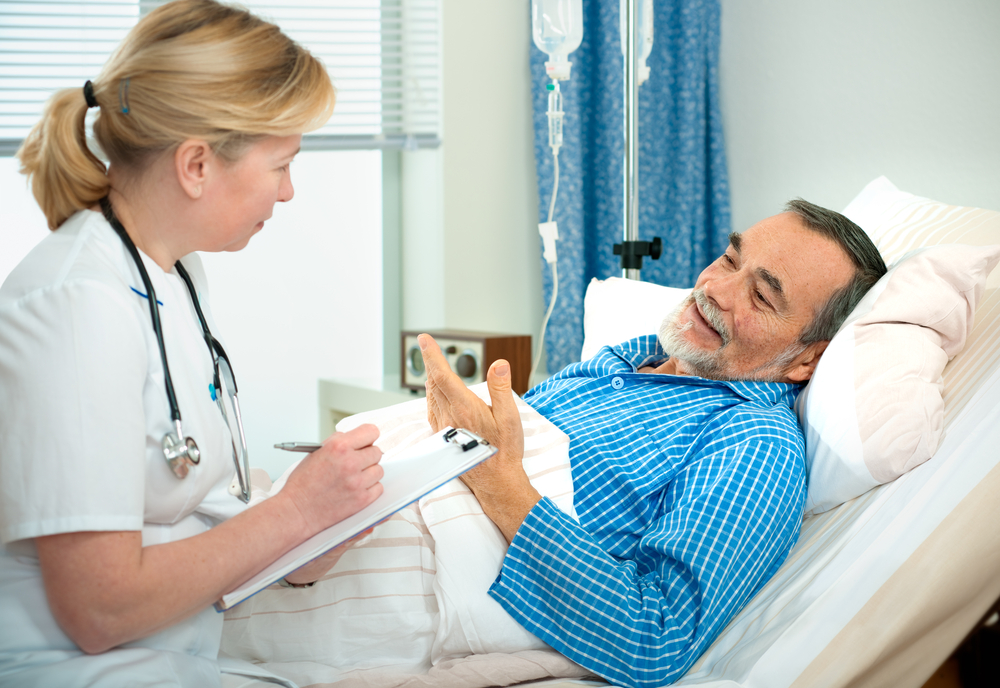Effective Treatment Options for an Overactive Bladder
An overactive bladder (OAB) is a bladder disorder that causes an abnormal urge to urinate. The urge may be difficult to stop and sometimes leads to involuntary loss of urine which is referred to as urinary incontinence. This syndrome affects many elderly people in the country and is equally prevalent in both, men and women. An overactive bladder majorly impacts the quality of life of the sufferer, forcing people to avoid social gatherings and outings.

However, fortunately, there are several treatment options for overactive bladder. With medications or behavioral changes, or sometimes, a combination of both can help in treating the condition. If any symptoms are noticed, one should visit the doctor for a thorough examination and obtain a suitable line of treatment.
Natural treatments for overactive bladder
Pelvic floor exercises and bladder training are great non-medicinal remedies that prove to be largely beneficial for a lot of people. There are many other treatments used to manage an overactive bladder and even urine incontinence. Read on to know more.
- Bladder training: This is the most common overactive bladder treatment that seeks to alter the way one uses the bathroom. This means instead of going whenever one gets the urge, they urinate at fixed times during the day. This is also known as scheduled voiding. In this process, one can learn to control their urge to urinate, by waiting for a couple of minutes initially to gradually increasing the interval to up to a few hours.
- Pelvic floor exercises: Also known as Kegel exercises, these pelvic floor exercises are a special set of exercises that help one strengthen the muscles that control urination. With the help of a special training, known as biofeedback, one can learn to tighten, hold, and relax the muscles that are vital to starting and stopping urination. Initially, one can begin with a few exercises and gradually, as one masters the technique, they can do up to three sets of 10 reps every day. Within 6–8 weeks, one will be able to see a noticeable difference in their symptoms.
However, until one gets their overactive bladder under control, using absorbent pads to hide any leakage can be helpful.
Some other essential tips to control symptoms of overactive bladder include the following:
- Abstain from drinking caffeine or other liquids before performing any activities
- Avoid consuming fluids before sleeping
- If one is overweight, reducing weight may help ease the symptoms
Medications as an overactive bladder treatment option
In the case of patients with an overactive bladder, the muscles in the bladder wall contract at the wrong time. A group of medicines known as anticholinergics can prove to be helpful in easing out the symptoms. These medicines block the nerve signals related to bladder muscle contractions. Moreover, it is suggested that anticholinergics aid in decreasing the urge to urinate by increasing the bladder capacity.
However, these medicines come with certain side effects, which is why their prolonged use is not recommended. The most common side effect includes dry mouth and dry eyes. Drinking too much water can further aggravate the condition of overactive bladder; therefore, to quench one’s thirst, doctors often recommend sucking on sugar-free candies to relieve dry mouth and using eye drops to keep the eyes moist.
Another potential side effect of these medicines is constipation. In order to avoid it, it is best to follow a fiber-rich diet along with consuming some stool softeners.
Nerve stimulation
This is an effective overactive bladder treatment option that uses a mild electric current to ease the strong urge to urinate. The process involves regulating the nerve impulses to the bladder using a thin wire. This wire is placed close to the sacral nerve, i.e., the nerve that carries a signal between the brain, bladder, and spinal cord, thereby communicating to the sufferer when to urinate. The aim of this procedure is to interrupt those signals.
Generally, before performing this surgery, the doctor tests the treatment to check whether it could yield beneficial results for the sufferer. A small cut is made in the lower back, close to the sacral nerve. A thin wire is then inserted which is also connected to a battery-powered device, known as a stimulator, and worn outside the body. This stimulator is kept on for around 3 weeks. If the symptoms get better, a surgery is performed wherein the device is inserted inside the body permanently.
Surgery
This is generally the last resort for people who do not respond to any other form of overactive bladder treatments. The goal of this technique is to improve the ability of the bladder to store urine and reduce the pressure on it. The two most commonly performed surgeries including the following:
- Bladder augmentation surgery: This is a special surgical treatment that increases the capacity of the bladder to store higher amounts of urine without causing pressure or urinary leakage. In case this surgery is performed, the patient needs to use a catheter periodically for the rest of their life.
- Bladder removal: In case nothing else is working, the doctor might prescribe a surgery that involves removing the bladder and surgically creating an auxiliary bladder or attaching a bag on the skin to accumulate urine.
All these aforementioned treatments for overactive bladder can help ease the symptoms. It is necessary to consult a doctor to decide on an appropriate treatment line.




